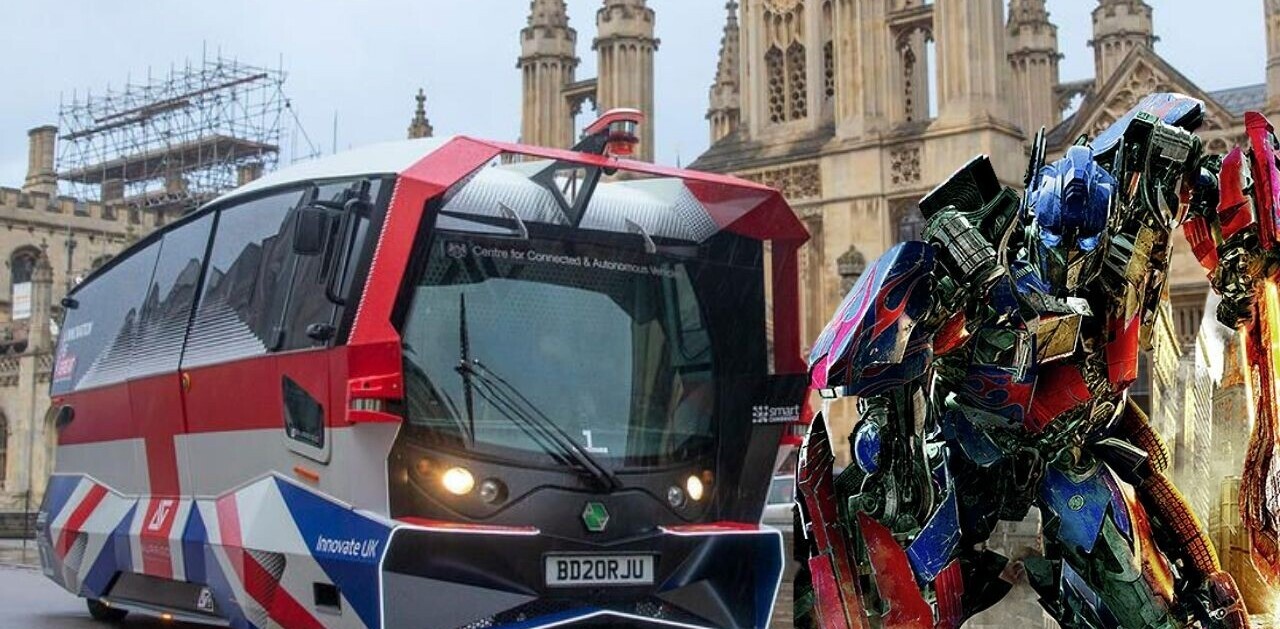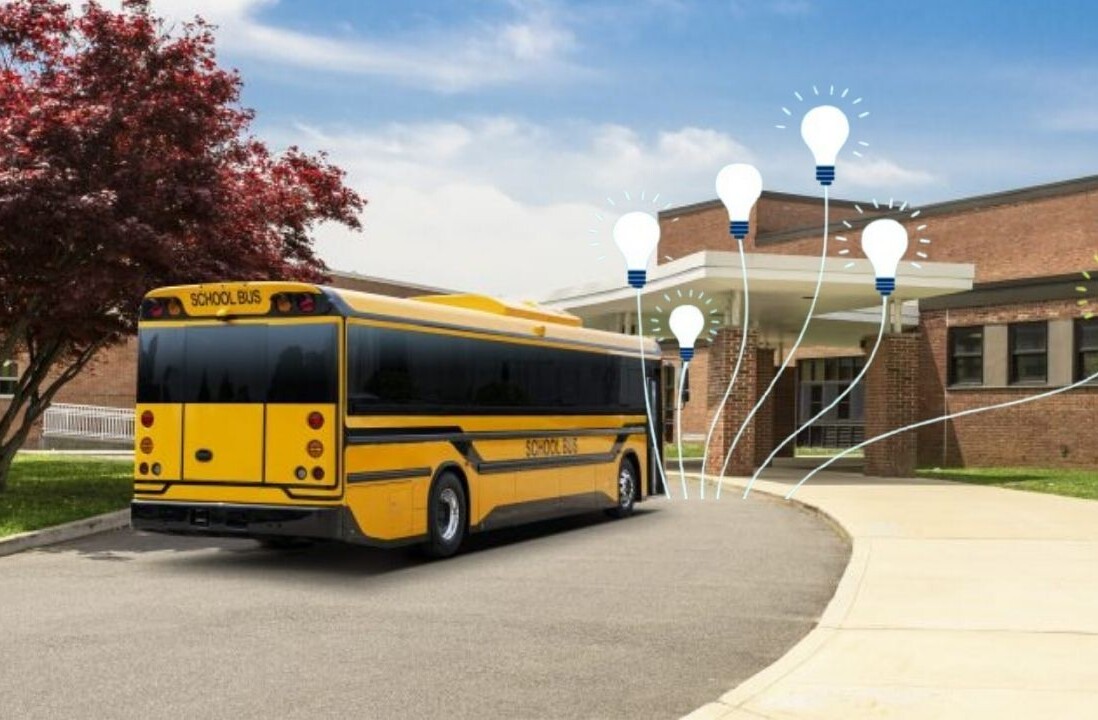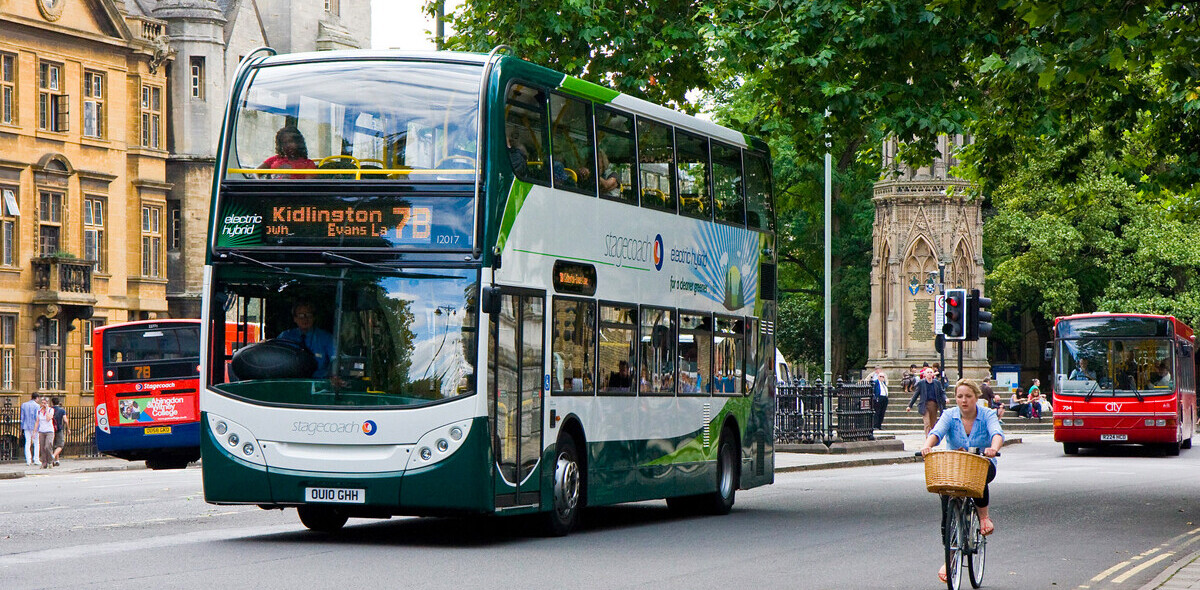
When you think of bus travel, there’s only so much you can polish a pebble. Sitting on a bus means being close to people with questionable hygiene who do things like eat sausages and watch porn without headphones (or is that just Berlin?).
But startups are working hard to make buses a thing again. Let’s see how they compare:
Flixbus
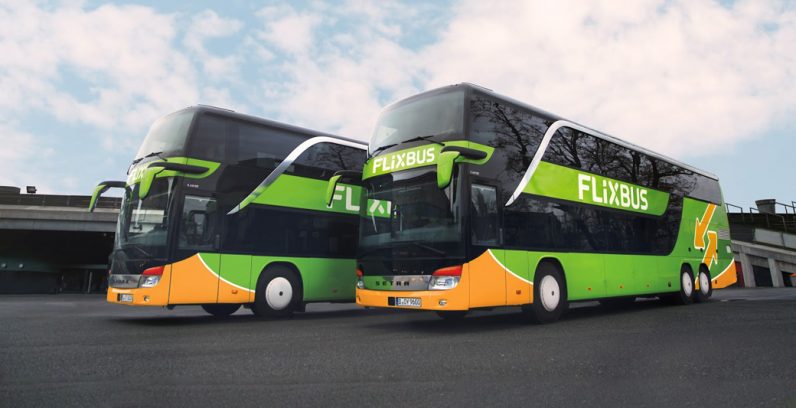
FlixMobility, which owns Flixbus, started shaking up the bus world in 2013, creating an experience that combines technological advances, e-commerce capabilities, and sustainable transportation.
In 2018, the company became the first to test ebuses on long-distance bus routes. Currently, these all-electric connections are in a pilot phase with two buses traveling between Paris and Amiens, France, and a third bus operating between Hessen and Baden-Württemberg, Germany.
In June, the company announced more than $650M in new funding, based on a mix of equity and debt, valuing the business at $3B. They acquired Greyhound in October 2021 for a hefty €148 million ($172 million).
Since then, the company has branched out to trains, offering FlixTrains, powered by 100% renewable energy. Time for a rallying cry for rail?
Rating: ???
Verdict: Flixmobility is reliant on attracting and retaining bus drivers willing to drive long distances. In my experience taking buses throughout Europe, most of these people are cranky, uncommunicative, and act like they hate their job.
Many stories circulate in Berlin Facebook groups of people popping out at a service station on route for a pee at an assigned break time and the bus driving away without them.
Imagine standing around a service station when you don’t speak the language, much less have your phone, wallet, or luggage. Pretty much my idea of hell.
You’re also at the behest of traffic, with many complaints about buses leaving early without passengers or departing hours late.
I like the option not to have to deal with the hell that is Berlin’s Brandenburg Airport, so it’s not entirely a no from me.
The Jet
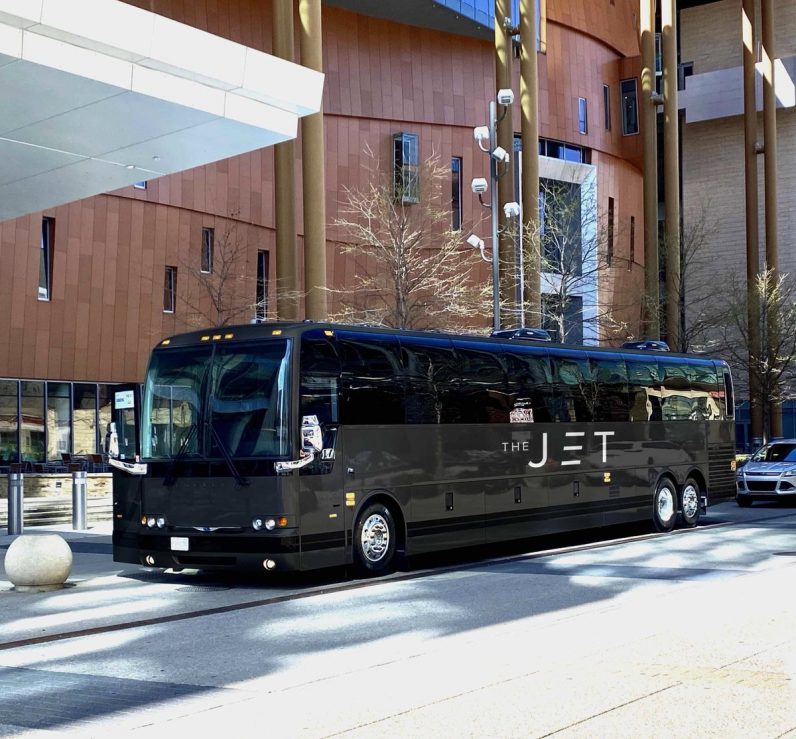
Look no further than The Jet if you’re looking for a more classy way to travel. The US company markets itself as a purveyor of “affordable first-class” bus travel. Its buses seat a maximum of 14 passengers, with a 1.8m (6ft) wide aisle.
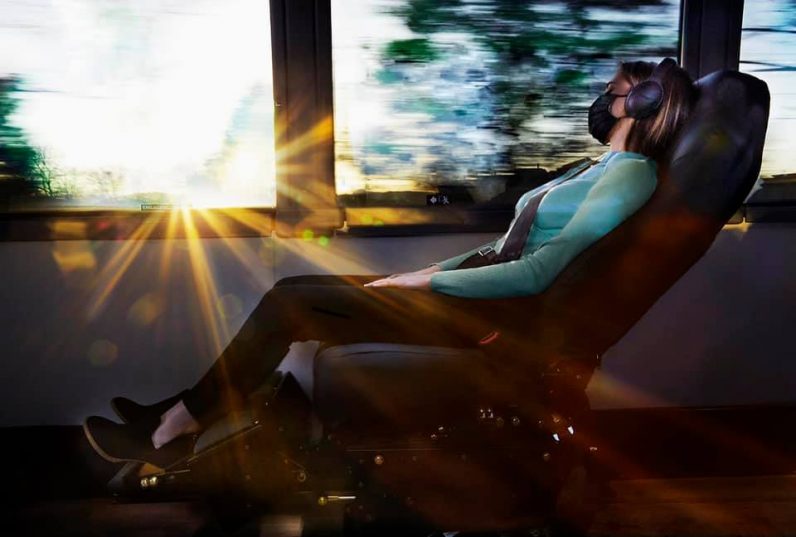
The seats are memory foam and include tray tables, leg rests, a 45° recline, and “the most legroom in the industry.” Even better is motion-canceling technology that eliminates 90% of all bumps and vibration from the road.

But that’s not all, there’s also high-speed wifi, plenty of charging outlets, and an onboard attendant brings you free booze and snacks.
In the US, a trip from New York City to Washington DC costs just a mere €89 ($99).
Even better, you reserve your actual seat like on a plane, so there’s no need to rush the bus to get the window seat.
Scorecard: ?????
Verdict: As the name suggests, Jet has really taken what works in air travel and transferred it to bus rides. Drinks, snacks, good wifi, bookable seats… hell yes.
Mercedes Benz
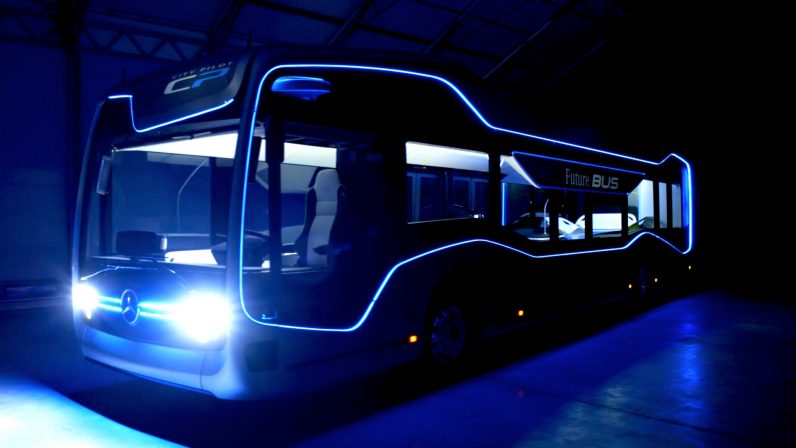
Ok, ok, they’re not a startup, but you can imagine they got some grads from an in-house incubator to work on the design elements here.
Mercedes-Benz unveiled plans for a futuristic self-driving bus in 2016. The Future Bus uses cameras and radar to navigate the roads, although the bus is targeted for partial automation, most likely moving into Level 4 functionality for purposes like highway driving.
So far, the Future Bus has only driven itself on a test track, so it’s hard to know what to make of its autonomous capabilities.
Design-wise, the company has come up with a real doozy and what I like to call talking crap:
“The design idiom combines classic seat contours with zeitgeist influences.” I have no idea what that means either.
Passengers board via open sliding doors. Lighting strips on the interior floor change color between white (manual mode) and blue (semi-automated mode) depending on the operating status of the bus.

Seats sit along the walls in asymmetrical groups. The seats are white shells with padding.
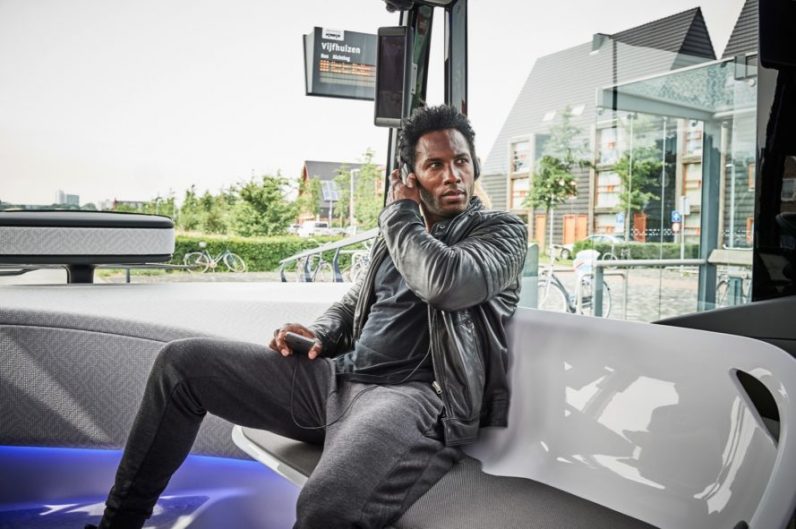
Scorecard: ??
Verdict: This is probably designed more for local rather than long-distance journeys. Some nice design elements per se, but man, those seats look uncomfortable. Too much risk of touching another human as the bus takes a sharp corner.
EasyMile
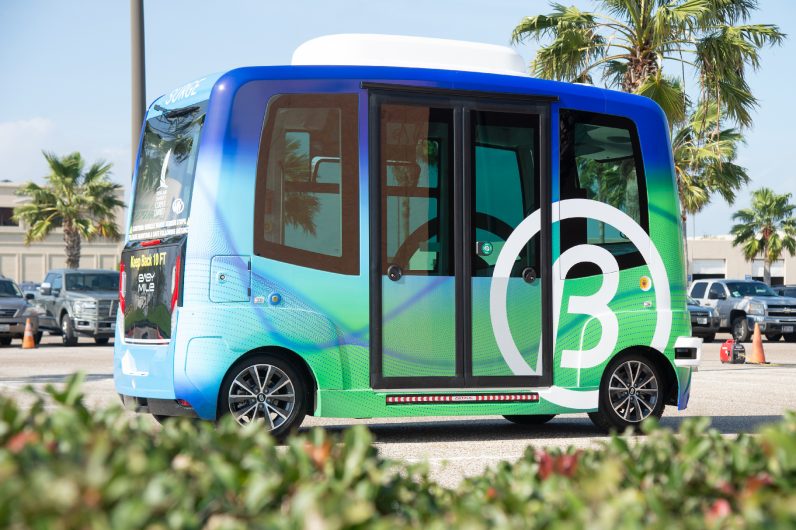
French startup EasyMile has created the EZ10, mini electric buses that carry up to 12 people. Designed for operation in mixed traffic environments, they provide an essential gap-filler between fixed public transport like trains and cars.
The EZ10s operate worldwide in a variety of spaces, including city centers, towns, universities, corporate campuses, hospitals, parks, and more.

Easy Mile was the first company to offer a fully driverless operation of an autonomous shuttle.
Specifically, the EZ10s run at Level 4 autonomous driving and can handle most driving situations independently (with no service attendant onboard).
Last year, the company recently joined forces with Sono Motors to test their patented solar technology powering their shuttlebuses.
Scorecard: ?????
Verdict: C’mon, who wouldn’t want to ride an autonomous bus? The company has really done pioneering work, introducing vehicle automation to scared and skeptical masses. Their heavy lifting paves a far smoother journey for their future competitors.
So there you have it, a few different options for making buses cool again. Would you ride in one?
Get the TNW newsletter
Get the most important tech news in your inbox each week.

